Science Village is an area in the Brunnshög district in northeastern Lund. The world-leading facilities MAX IV and European Spallation Source (ESS) will have significant implications for scientific and industrial advancements in materials and life sciences.
Together with the university’s establishment in Science Village, these facilities will form an international hub for research, education, and innovation, where Lund University will play a central role.
Below is a map of Science Village with buildings marked. Buildings in brown are already constructed or are in the process of being built (groundbreaking). Gray-shaded areas represent planned buildings.
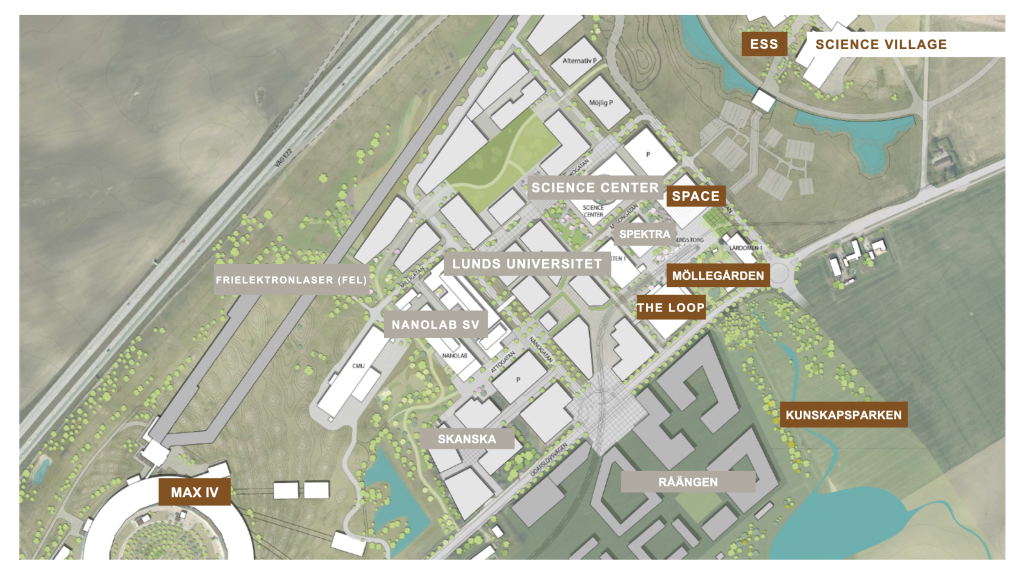
MAX IV
MAX IV is the world’s brightest synchrotron light facility and was inaugurated in 2016. MAX IV is a part of Lund University.
MAX IV – We make the invisible visible
European Spallation Source (ESS)
The European Spallation Source (ESS) is based on the world’s most powerful neutron source and will be in full operation by the end of 2027. Sweden is the host country for ESS, in collaboration with Denmark.
ESS (europeanspallationsource.se)
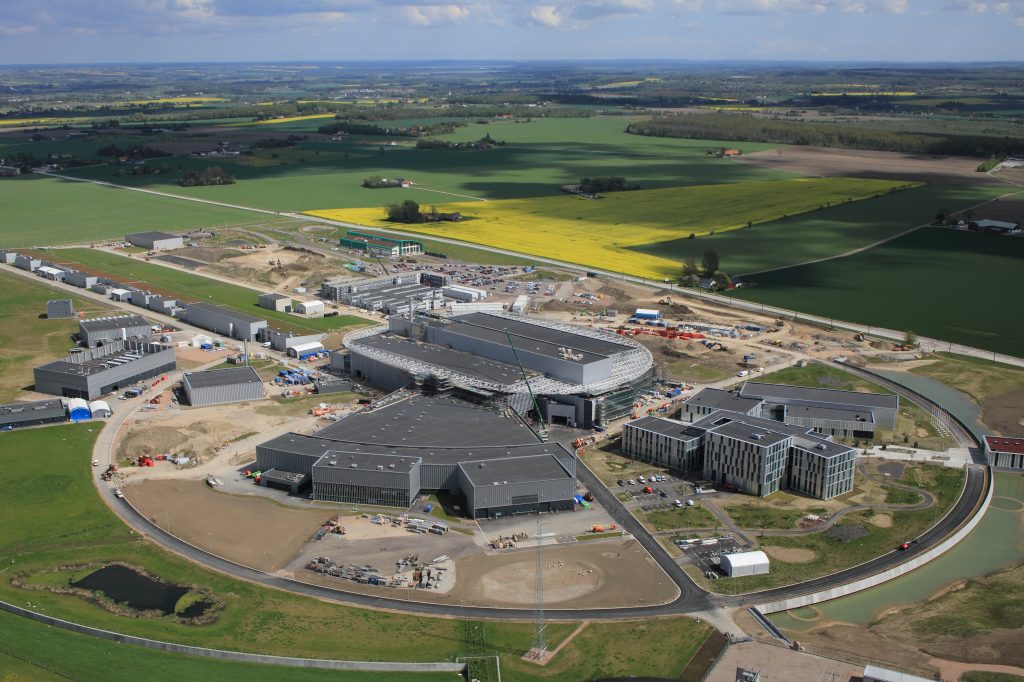
Nanolab Science Village
NanoLab Science Village is the third major research facility planned to be established in Science Village in 2027, replacing the current Lund Nano Lab. Nanoscience involves understanding and explaining how the size, material composition, and shape of very small structures can alter the properties of larger structures – and how these new properties can be used to enhance existing products and enable entirely new applications.
More on Nanolab Science Village:
Strategiskt samarbete med Olle Engkvists Stiftelse: 100 MSEK till Nanolab Science Village
Lund Institute of Advanced Neutron and X-ray Science (LINXS)
Swedish LINXS is a research institute that promotes science and education in the field of neutron and synchrotron light research. The institute aims to become a hub for national and international research activities in Science Village, and a think tank that initiates new ideas and research themes. A fundamental concept of the operation is to create a robust and innovative research environment by having world-leading researchers visit the institute to share their expertise.
LINXS plans to move to The Loop, Science Village, in 2024.
Science Village Scandinavia (SVS AB)
Science Village Scandinavia AB owns the land in central Science Village. The company was established in 2009 as a result of decisions to build MAX IV and ESS in Lund, with the aim of promoting the research facilities. Science Village Scandinavia AB is owned by Lund Municipality, Region Skåne, and Lund University through the Foundation of Academic Properties. The company’s primary task is to develop the area for construction and sell the building rights. On the website, you can read more about various buildings planned in Science Village, such as Space, the Loop and Science Center.
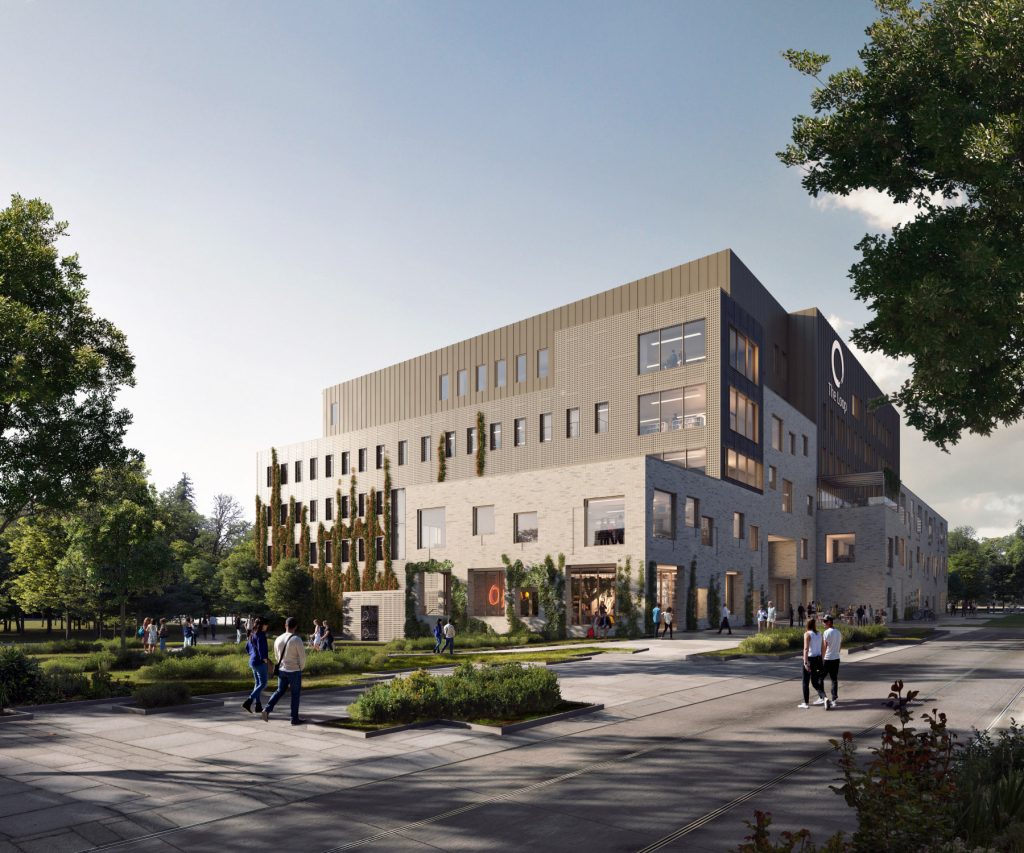
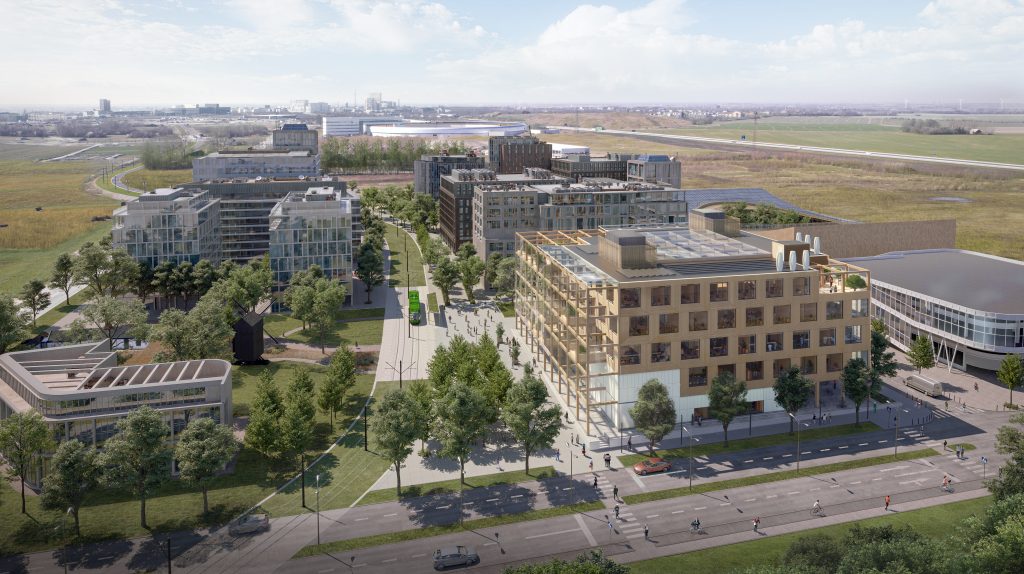
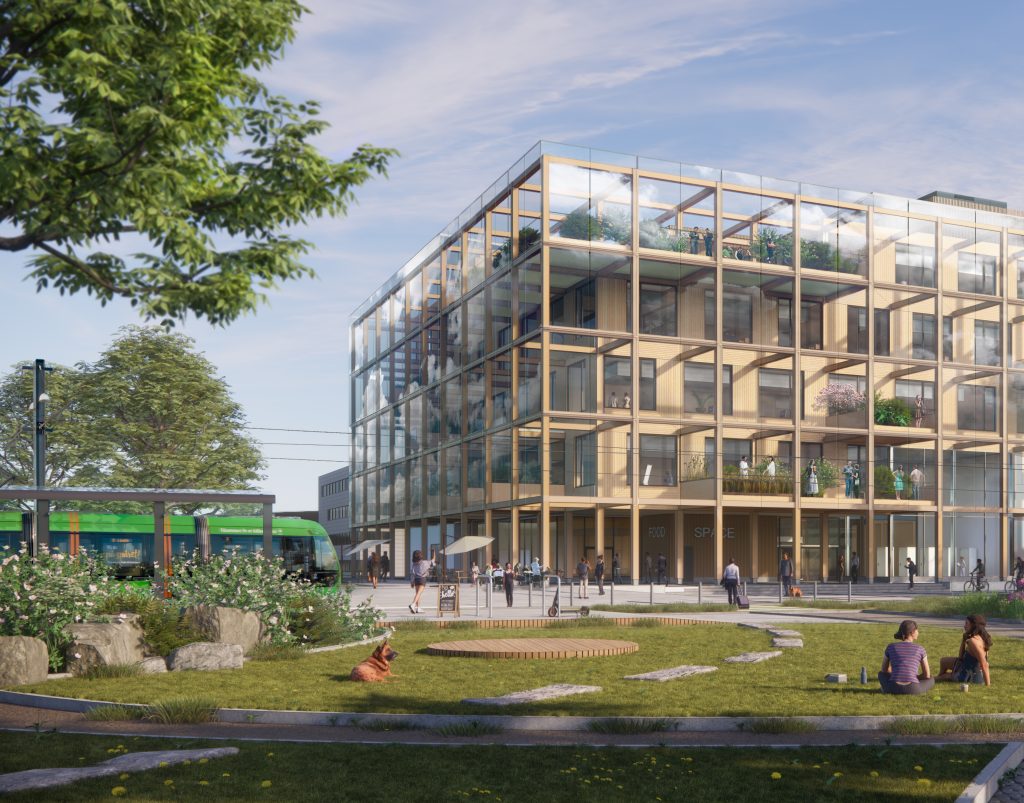

Above are vision images of, among others, Space (upper left image, picture: Wihlborgs), the entire Science Village (upper middle image, picture: Wihlborgs), The Loop (upper right image, picture: Vectura), and a vision image of Science Village (lower large image, picture: SVS AB).
Råängen med Hage
Together with White Arkitekter, Lund Cathedral is engaged in value-based urban development for the Råängen area, south of the tramway in Science Village. The garden ‘Hage’ draws inspiration from monastery gardens and won the Lund City Planning Prize in 2021.
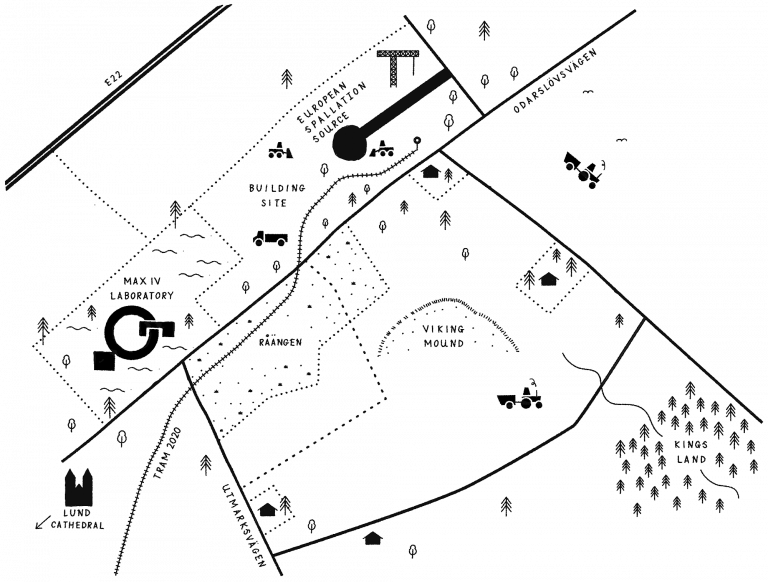
Brunnshög – Lunds nya stadsdel
Up to 40,000 people will live and work in Brunnshög, the sustainable district heated by the excess heat from MAX IV and ESS.
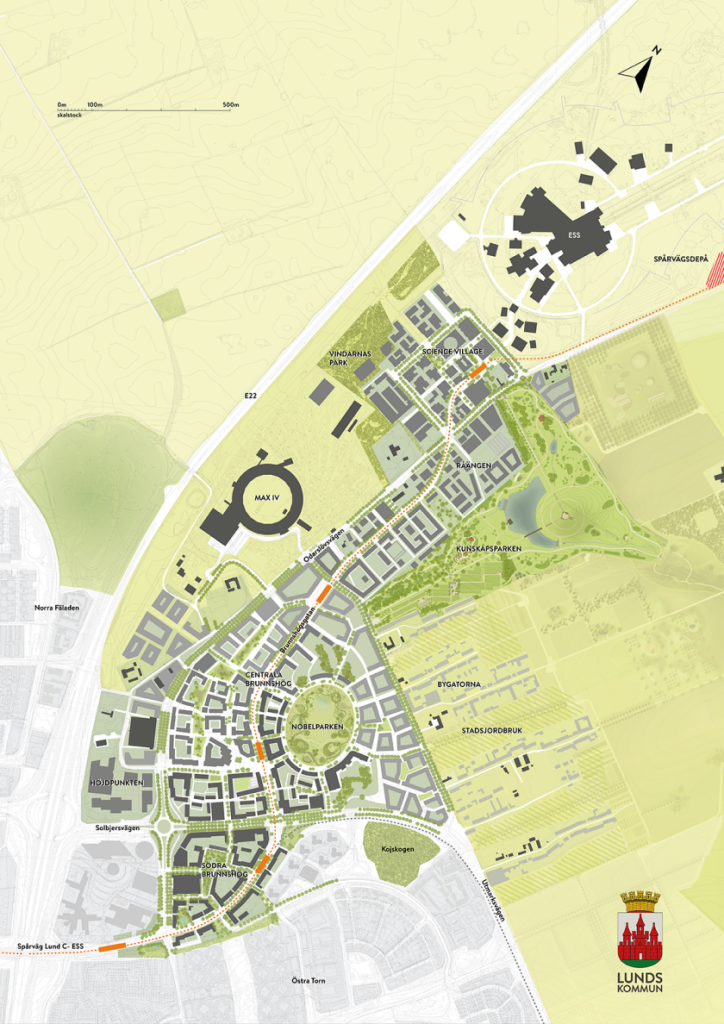
“A world-leading environment for life, innovation, and research”
-The world’s foremost research and innovation environment is developed with MAX IV and ESS as catalysts.
-Brunnshög becomes a knowledge-intensive and global living environment where new solutions for sustainable urban development are constantly explored.
-An international destination for science, culture, and recreation is created, inspiring discoveries and new knowledge.
